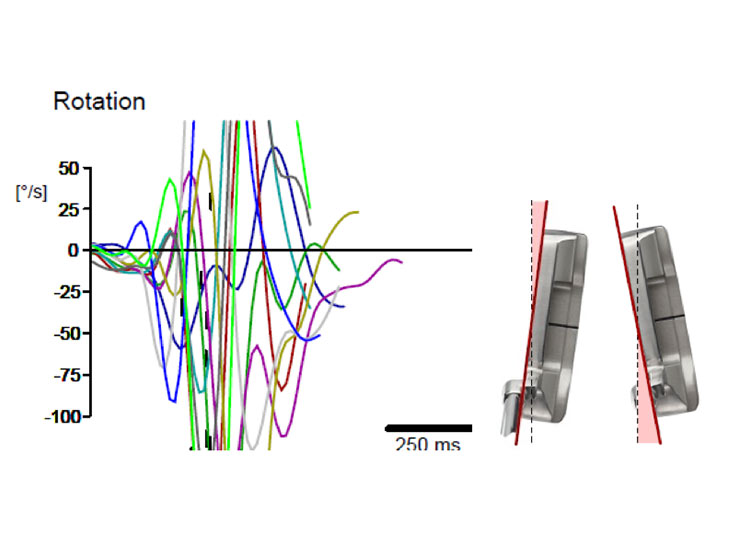Help, something is "yipping": Golf beginners with YIPS
Over the past few years in my coaching career, I have seen time and time again that YIPS can occur as early as the first golf lesson
Sundays, 12.00 h - Golf beginners' course. I welcome five to eight people interested in golf. The participants get a putter in their hands and make their first putting attempts on the putting green. Time and again, I spot one or two participants who have already been affected by severe YIPS here. Unbelievable, what an unhappy start to the "golf career". The first golf shots and the YIPS phenomenon already strikes...
Okay - now of course the question is: How do I detect YIPS at all without having to perform elaborate measurements? It has proven successful to let the players putt one-handed. Two to three putts from a short distance with both the dominant and the non-dominant hand. And if you look closely, you can see a twitch in the dominant forearm side of some beginner golfers when they hit the ball. The quality of the shot is obviously diminished and the hit rate is usually relatively poor. Often, these phenomena are less or absent on the non-dominant arm side.
YIPS also manifests in two-handed putting - but is less visible due to the involvement of the non-dominant hand. One-handed, the characteristics of YIPS are recognizable even to a " layman" - if you want to see it ... But as I wrote in the previous blog post: Looking away and ignoring I think is a bad idea!
After the one-handed test, I ask the affected players what they feel in the point of impact? Often they describe the hitting sensation as "wobbly", "unsteady" and "uncontrolled". In the point of impact, a "warping" or "tearing" of the dominant hand is perceived. On the non-dominant side, the stroke usually feels much smoother. Novice golfers do not have an explanation for this. The first thing I ask then is about other sports. Very often, those affected have played or are playing racquet sports, such as tennis, squash, badminton and field hockey. I.e., there is a correlation between the occurrence of YIPS and playing racquet sports. In my study, over 80% of YIPS sufferers had played a racquet sport. The racket sports subject group showed four times the likelihood of suffering from YIPS compared to the non-racket sports subjects.
In another scientific study with highly skilled squash players who were novice golfers, over 50% of the individuals involved had YIPS. In this study, I used the SAM PuttLab for YIPS analysis. Using ultrasound technology, YIPS becomes kinematically "visible" and objective and reliable data on specific swing parameters can be collected.


